
BYD brings affordable PHEV SUV to the market
BYD has added another model to its line-up in South Africa. This time it is the Sealion 5, which slots in below the larger Sealine 6, which is also available locally.
- Product News
- 15 December 2025
Short on the heels of the local launch of its big performance-orientated SUV siblings, the SQ7 and SQ8, Audi has introduced refined versions of its sprinters, the RS6 Avant and RS7 Sportback in South Africa.
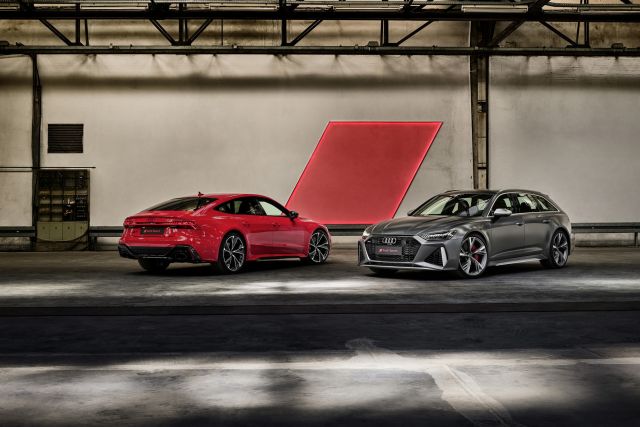
The big news is under the bonnet with a 4.0 TFSI twin-turbo V8 with mild hybrid that delivers 441 kW, 800 Nm and completes 0 to 100 km/h in only 3.6 seconds.
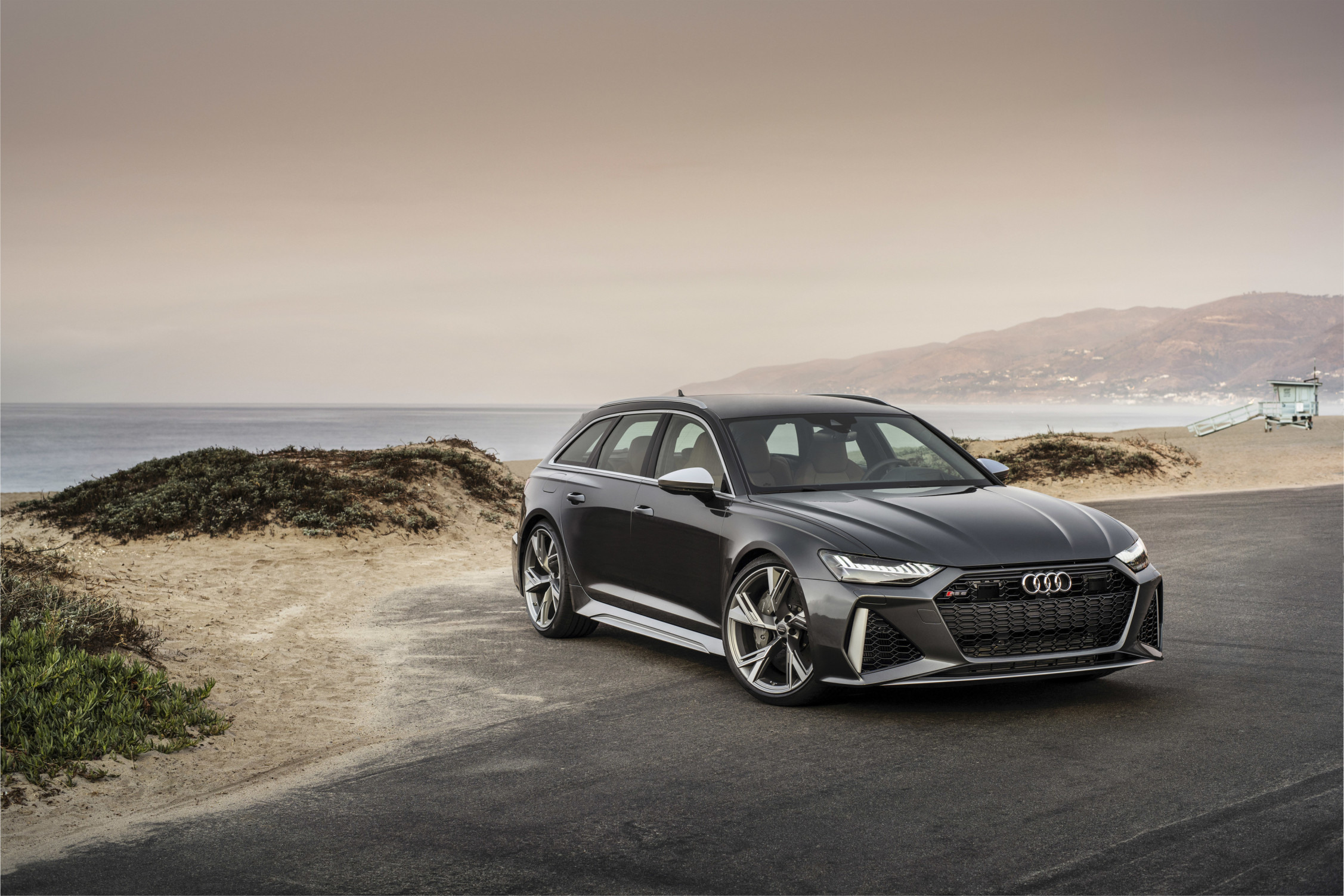
Visual feast
In the case of the RS 6 Avant, the body has been widened by about 40 millimetres on each side with its broad, flared wheel arches. The new Audi RS 7 Sportback boasts front fenders that are 1 950 mm and are also an extra 40 mm or so wider than the base model. Its RS-specific exterior design gives the 5 009 mm grand tourer a character all of its own.
The entire front-end of both models is differentiated to the maximum. In addition to the new hood, together with power dome, the performance models adopt a flatter, sportier headlight structure, which offers HD Matrix LED headlights with Audi laser light and darkened trims as a standard feature.
Below the headlights, side air inlets open on the new RS bumper and extend almost into the lower edge of the headlights. The designers have taken their cue from the front-end of the Audi R8 supercar.
The rear-end consists of the roof edge spoiler and an RS-specific bumper with rear diffuser and design elements in gloss black. In hallmark RS style, the RS exhaust system flows on both sides into oval chrome-coloured tailpipes – an RS sport exhaust system with black tailpipes is standard.
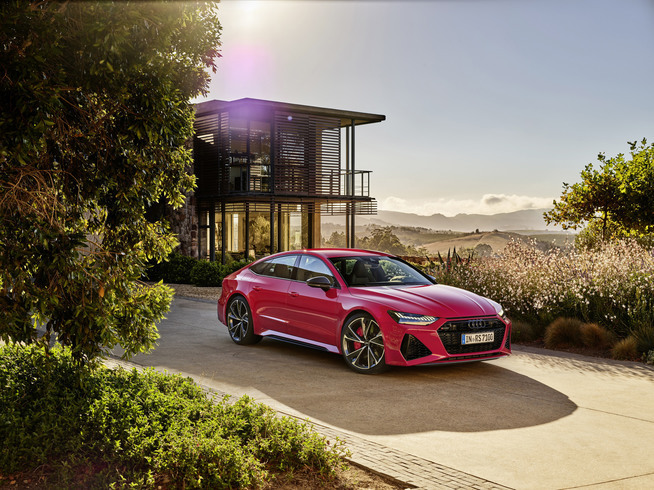
Roaring thunder V8 power
The 441 kW V8’s top speed is electronically limited to 250 km/h but this can be increased to 280 km/h with the RS Dynamic package.
Thanks to its mild hybrid system (MHEV) with a 48-volt main on-board electrical system, the 4.0 TFSI combines maximum performance with high efficiency. The belt alternator starter can recover up to 12 kW power under gentle acceleration and feed it into a lithium-ion battery as electricity.
MHEV technology allows for start-stop mode at speeds below 22 km/h. As soon as the vehicle in front of the performance model starts moving, the engine will spring back to life—even if the brakes are applied. With the MHEV-technology it is possible to reduce fuel consumption by as much as 0.8 litres per 100 kilometres, Audi claims.
The cylinder on demand (COD) system is another weapon in the vehicle’s armoury when it comes to efficiency. In higher gears at low to medium loads and engine speeds, it will deactivate cylinders 2, 3, 5 and 8 by halting injection and ignition and closing the intake and exhaust valves.
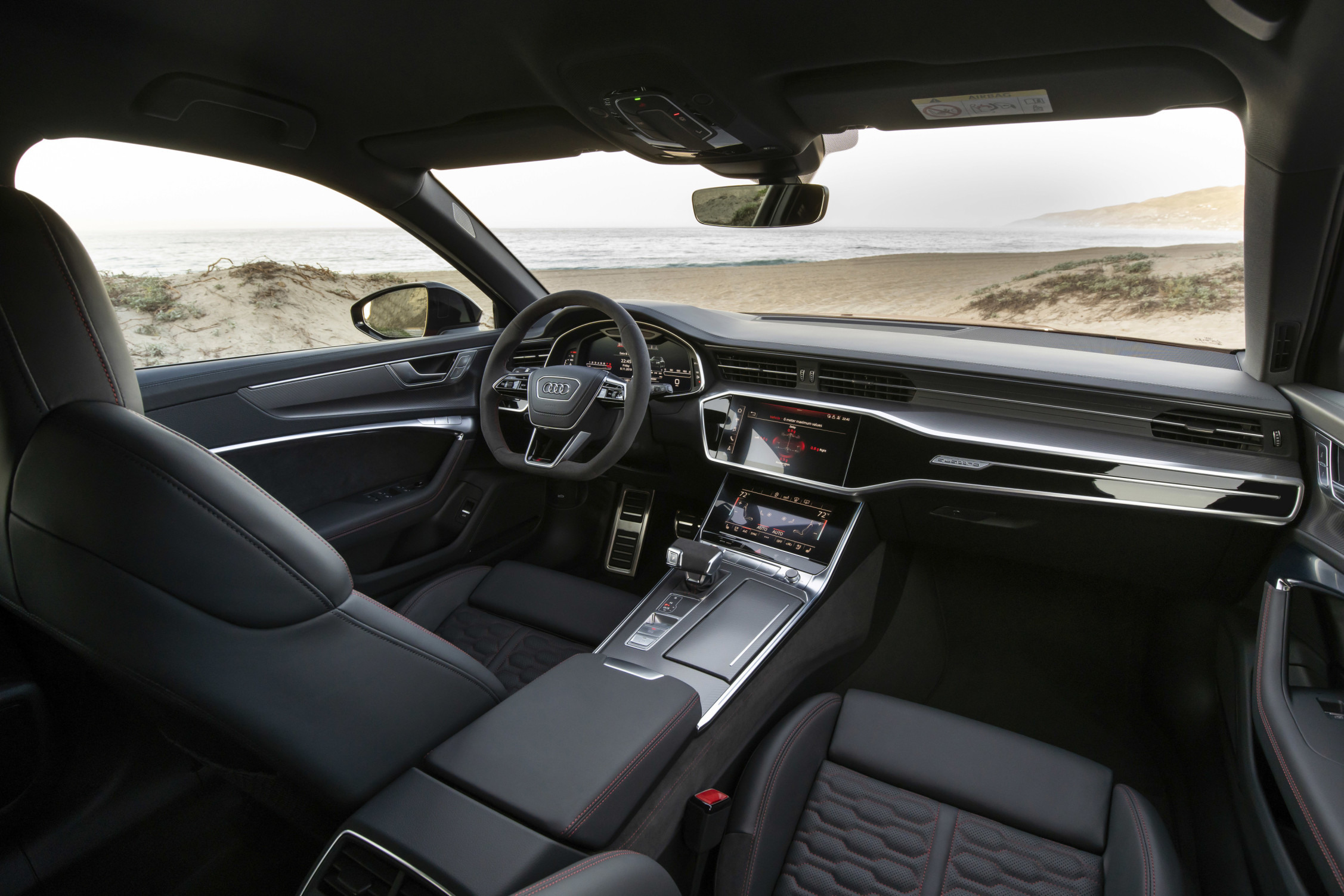
Futuristic on the inside:
A stripped-down look with sporty accents is the key stylistic elements in the interior of the new Audi RS 6 Avant and RS 7 Sportback. The Audi virtual cockpit is available as standard on both these performance models and features the RS Performance and Sport layouts. The Audi virtual cockpit plus is available as an optional extra and features an all-new layout called the RS Runway.
The special RS displays use the Audi virtual cockpit to provide details of tyre pressure, torque, performance, oil temperature, boost pressure, lap times, acceleration and g-forces. The shift light display prompts the driver to upshift when the rev limit is reached.
The new RS 7 Sportback offers an array of extra functions not seen in the predecessor model. For the first time, Audi is offering the five-door grand tourer with a three-seater rear bench.
The Audi RS 6 Avant is in its fourth generation and the RS7 Sportback in its second generation and will be officially available from 1 April 2021.
Pricing:
Audi RS 6 Avant (R2 070 000) and the RS 7 Sportback (R2 173 500).
Competitors:
Not specific to the body types but vehicles such as the Range Rover Sport SVR, German sedans from Mercedes-Benz like the E63 AMG SMatic and BMW’s M5.

BYD has added another model to its line-up in South Africa. This time it is the Sealion 5, which slots in below the larger Sealine 6, which is also available locally.
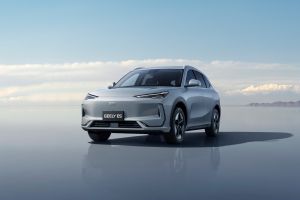
Geely has formally returned to the South African market with the introduction of two new models, the fully electric E5 and the plug-in hybrid E5 EM i.
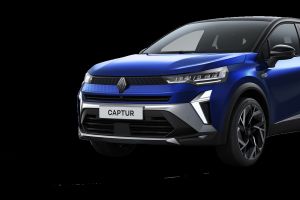
Renault’s Capture is celebrating its tenth birthday with the launch of a new version. Internationally, over two million Capturs have been sold so far.